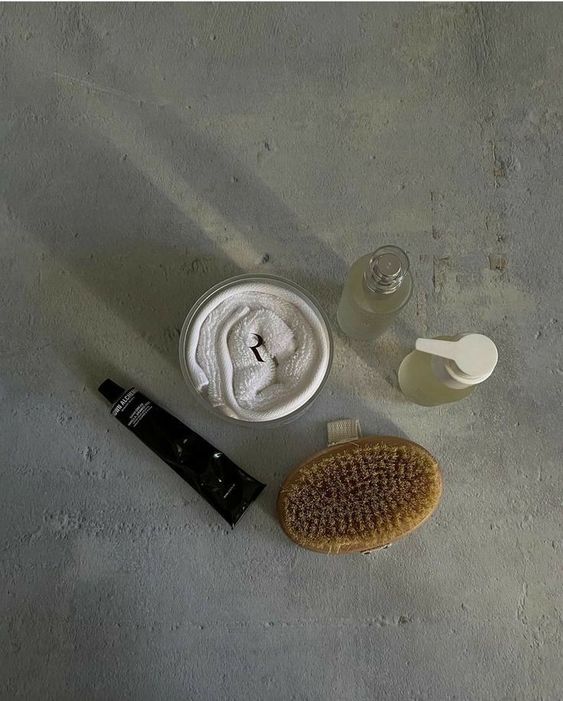
You have reached your late twenties/early thirties. One day, you wake up and take a closer look in the mirror. You do not want to admit it, but the “good old days” of smooth and flawless skin are gone. Fine lines have started creeping in, thus making you look older and fatigued. It is difficult to come to terms with the passing of time in a society where a woman's worth is primarily based on her beauty and youth.
As discouraging as this might be, there is a solution for those who are not willing to age the natural way: getting those aging signs filled or botoxed. Such treatments have become so popular and ubiquitous that it is hard to find someone who hasn't become friends with the “aesthetic syringe”. Just like every single procedure, some things might be wrong in the process. In order to minimize your chances of getting botched, we will review the possible side effects of botox and pinpoint who might not be ideal candidates.
What Is Botox? We've Got All The Answers!
The botulinum toxin is a neurotoxin produced by the bacterium Clostridium botulinum and is known to cause botulism (an illness that attacks the body's nervous system[1]. It is also called botulinum toxin A and type A botulinum toxin[1]. Botox is the commercial name used for a form of this toxin that is used in small amounts to treat certain conditions like excessive sweating, severe muscle spasm, and pain; however, Botox is better known for being able to reduce wrinkles on the face[1]. Dysport, Xeomin, and Jeuveau are the other forms of botulinum toxin that have been approved by the FDA and other regulatory bodies worldwide[1]. There are slight but important differences between them:
- Botox[2]: it was launched 20 years ago and was the first neuromodulator available in the market. It contains neurotoxin mixed with a protective/inactive protein. It is highly unstable, so it needs to be shipped in dry ice. Botox is slightly more expensive than other neurotoxin forms. You can expect to see the maximum results within 7-9 days.
- Dysport[2]: the main difference between this neurotoxin and Botox is the amount to be injected. A higher dosage (3 times as much) is needed to get the same results. Dysport molecule is smaller, hence allowing for more and faster spreadability.
- Jeuveau[2]: this neurotoxin was recently launched and has only been approved for aesthetic applications.
- Xeomin[2]: unlike the neurotoxins previously discussed, Xeomin comes in naked/pure form (without the protective proteins). This means that it is much more stable and does not require refrigeration before being reconstituted with the saline.
You can expect to see maximum results within 7-10 days, except for Dysport[2]. Given the lower molecular weight of the latter, the effect will show in 2-3 days[2]. Regardless of the neuromodulator type, the results will last 3-6 months[2].
Botox Injection Sites: Facial Aspects
Neurotoxins can be injected into the elevens, forehead, around the eye (crow's feet), gummy smile, bunny lines, marionette lines, perioral lines, chin dents, neck bands, and jawline (to narrow it, help with TMJ or teeth grinding)[3]. The exception to this rule is Jeuveau, which doesn't have therapeutic benefits[2]. It is important to mention that because Xeomin comes in naked form, it will not induce antibody production against the botulinum toxin[2]. This condition is known as botox resistance and causes botox to have very short-lived results (or no results at all)[2]. Patients who experience this problem need not stop neurotoxin application, only switch to Xeomin[2].
How Does Botulinum Toxin Work?
Our brain releases a neurotransmitter called acetylcholine that makes muscles contract[3]. Botulinum toxin blocks the nerve signals generated by acetylcholine, thus preventing muscle movements and spasms that produce fine lines and wrinkles[3]. This action can be described as a temporary paralysis. Botulinum toxin also works for excess sweating (hyperhydrosis) because acetylcholine stimulates sweat secretion[3]. It is important to mention that neurotoxins are not very effective against static wrinkles (caused by aging, and sun exposure)[3]. They can and do reduce their appearance, but not as successfully as dynamic wrinkles (produced by facial gestures)[3].
Is Botox Dangerous? When You Should Worry
Speaking from an aesthetic perspective, botulinum toxin is one of the safest drugs on the market and no deaths have been linked to its cosmetic application. That doesn't mean certain precautions should not be taken as there are certain conditions or situations wherein it is not recommended. The following are considered its main contraindications[4][5]:
- Amyotrophic lateralizing sclerosis myopathies
- Body dysmorphic disorder
- Gross motor weakness (Bell's Palsy)
- Immunocompromised individuals
- Infection in the area(s) to be treated
- Inflammatory skin conditions (eczema, psoriasis)
- Keloid scarring
- Neuromuscular disorders
- Pregnancy or breastfeeding
- Sensitivity or allergy to the components of the different neurotoxin forms (particularly the protective/inactive proteins which are often derived from cow's milk)
- Unrealistic expectations
Even if you do not fall into any of these categories, you can still suffer from mild to moderate complications/reactions. Most of them are technique-dependent[4], hence the importance of putting your health in the hands of a qualified physician.
Botox side effects
include:- Anxiety
- Bruising
- Droopy eyebrow
- Edema
- Erythema
- Allergic reaction
- Headache
- Infection
- Facial asymmetry
- Decreased strength of eye closure
- Blepharoptosis (droopy upper eyelid)
- Ectropion (the eyelid turns outward)
- Pain at the injection site
- Production of botulinum toxin antibodies
- Vasovagal episodes (fainting caused by a sharp drop in blood pressure)
- Dysesthesia (abnormal and chronic painful sensation)
- Paresthesia (burning, pricking, tingling, numbing)
- Xerophthalmia (eye problems -lack of tears, night blindness, etc.- caused by severe Vitamin A deficiency)
These effects might last from a few days to 3 months. Do not panic, though, as a skilled practitioner will be able to both minimize
Botox risks
and maximizeBotox results
. Always get a thorough appraisal by a board-certified physician before proceeding with any invasive treatment.For those aesthetic concerns that can't be addressed by the botox application, stay tuned because we will give you the lowdown on fillers in our next blog post. In the meantime, make sure to tune into our Instagram, Facebook, Pinterest, and LinkedIn for all your skin-related questions and answers.
References:
[1] Botulinum Toxin | American Society of Plastic Surgeons (plasticsurgery.org)
[2] BOTOX Vs DYSPORT // Botox Dysport Jeuveau and Xeomin Compared - YouTube
[3] How Does BOTOX Work - AAFE - American Academy of Facial Esthetics
[4] Botulinum Toxin Injection for Facial Wrinkles | AAFP
[5] Botulinum Toxin - StatPearls - NCBI Bookshelf (nih.gov)
DISCLAIMER: All brand names are the property of their respective owners.



